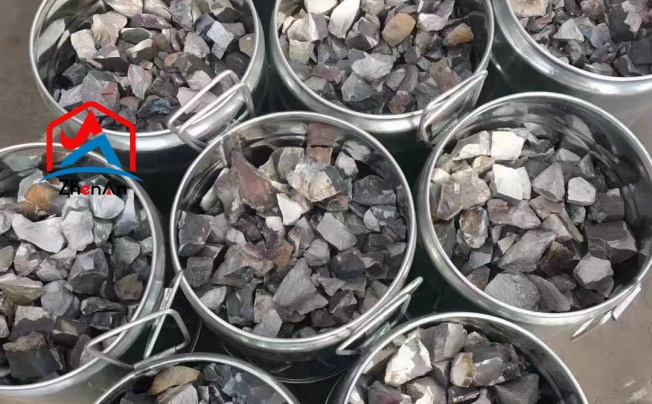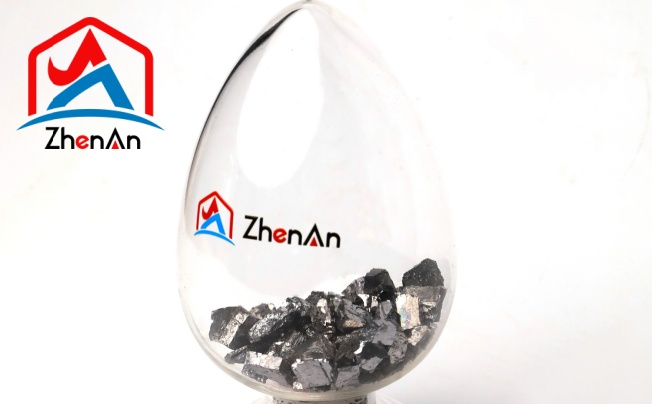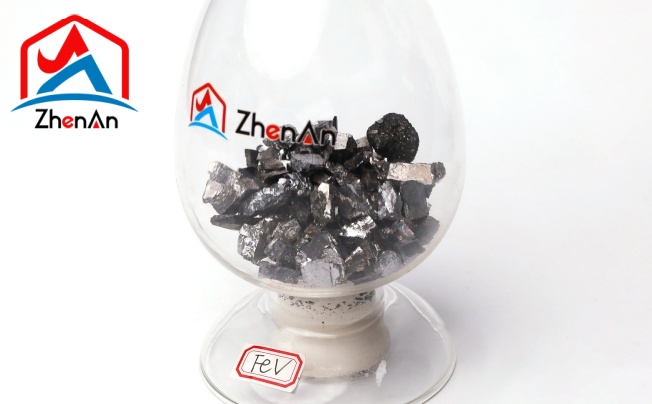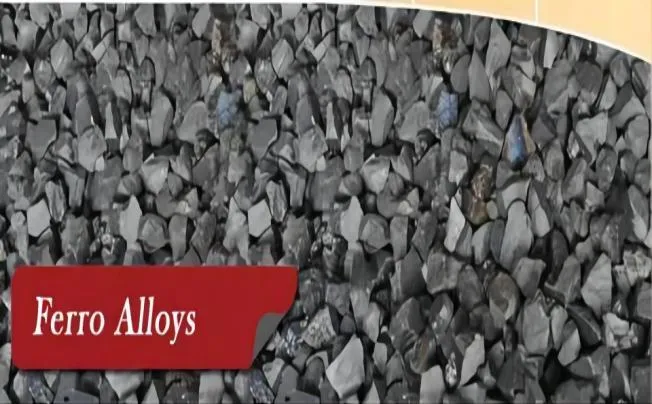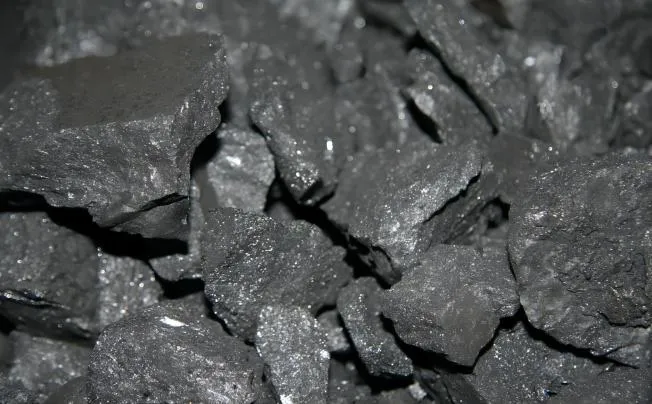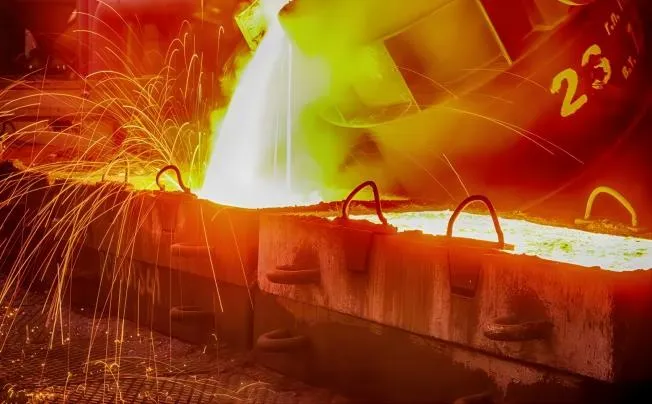What Is Ferro Alloy?
The term “ferroalloy” describes a variety of iron alloys that contain a significant amount of silicon (Si), manganese (Mn), or aluminium (Al). They are employed in the alloy and steel-making processes. The alloys give steel and cast iron their unique properties or play crucial roles in manufacturing; as a result, they are strongly linked to the iron and steel sector, which is the largest ferroalloy consumer. With 84% of global ferroalloy output in 2014, China, South Africa, India, Russia, and Kazakhstan were the top producers. In 2015, ferroalloy output was projected to be 52.8 million metric tonnes worldwide.
There are two types of ferroalloy processes: periodic and continuous. Ferroalloy tapping, periodic (or continuous) slag, and continuous charge loading are characteristics of continuous processes. Throughout the procedure, the charge remains at a specific level in the furnace. The electrodes are constantly submerged in a charge. These processes often require high-power furnaces (>16 MVA), with carbon materials (coke, char, charcoal, and anthracite coal) serving as the reducing agents.
For the same heat, batch procedures require a specific quantity of charge material. The elements are being reduced as a result of the charge being fully melted inside the furnace. Slag tapping and metal are occasionally released products, usually at the same time.
Properties Of Ferro Alloys
- Iron alloys’ constituent elements typically have greater melting points. Pure metal is difficult to smelt and the oxides are challenging to reduce. They are simpler to reduce and smelt when coupled with iron.
- Steel is smelted using iron alloys. They contain iron, which is advantageous because it melts easily in molten steel and is also nontoxic. Ferroalloys are the result of the majority of alloy additions and deoxidation that occur during the steelmaking process.
- Ferrous alloys cannot be employed as metal materials since they are typically exceedingly brittle. Ferroalloy, in its broadest sense, refers to a substance that is added to molten iron as a deoxidizer, element additive, etc. to give the steel specific properties or to satisfy specific specifications during the steelmaking process. An intermediate alloy used primarily in the smelting of steel, consisting of iron and one or more elements. All intermediate alloys utilized in the steel industry, whether or not they contain iron (e.g., silicon-calcium alloys), are commonly referred to as “ferroalloys” in the industry. It is also common practice to incorporate a small amount of oxide and pure metal additions.
During the steelmaking process, ferroalloys are typically utilized as deoxidizers, which take oxygen out of molten steel. Certain ferroalloys have the ability to purge steel of additional impurities like nitrogen, sulphur, etc. Alloy additives: To enhance the steel’s qualities, alloy elements are added in accordance with the specifications for the steel’s composition. To enhance the crystal structure of the casting, an inoculant is added to the molten iron prior to casting.
Applications Of Ferro Alloy
- Alloying and Composition Adjustment: In the production of steel and special alloys, complex ferroalloys and master alloys are utilized for alloying and composition adjustment. To enhance steel’s ductility, fatigue resistance, strength, and resistance to corrosion, they are added.
- Steel Production: Ferroalloys play a key role in the manufacturing of stainless steel, alloy steel, and specialty steel, among other forms of steel. In order to get particular chemical compositions and give them the qualities required to create specific products, they are added to liquid steel.
- Deoxidizing Agent: During the manufacturing of stainless steel and other steel products, ferrosilicon, an alloy made of silicon and iron, is utilized as a deoxidizer. It enhances the quality of the finished product by assisting in the removal of oxygen from the steel.
- Applications for High-Speed Tool Steels and Superalloys: Ferromolybdenum is mostly utilized in the synthesis of ferrous alloys. It finds use in superalloy applications, automotive components, machine tools, military hardware, and high-speed tool steels.
- Austenitic Stainless Steels and Nickel Alloy Steels: Austenitic stainless steels and nickel alloy steels are made from ferronickel, which has a 35% nickel content. It is also used in the production of batteries and electronics.
- Vanadium for Steel Deoxidization and Alloy Improvement: Steel is deoxidized and its hardness and toughness are improved by ferrovanadium, an alloy that contains 35–85% vanadium. It works very well with steel applications.
Ferroalloy Industry Trends and Developments
Owing to the steel industry’s rapid growth in recent years, the ferroalloy industry has also continued to open up new development potential. After years of growth, my nation is now the leading producer, consumer, and exporter of ferroalloys worldwide.
- Based on data, as of 2020, my nation’s ferroalloy import volume was 6.6383 million tonnes, up 28.5% year over year, and its export volume was 461,900 tonnes, down 16% year over year.
- The ferroalloy business in my nation has developed to a higher degree than the steel sector. As a result, the ferroalloy industry in my nation has had a number of issues, including redundant construction and overproduction, which have caused an imbalance in the market’s supply and demand and increased losses for associated businesses. Statistics show that as of 2020, my nation produced 34.196 million tonnes of ferroalloys, a 6.5% annual decline.
- As for apparent demand, data indicate that as of 2020, my nation’s apparent demand for ferroalloys was above 40 million tonnes, albeit it decreased 2% annually.




